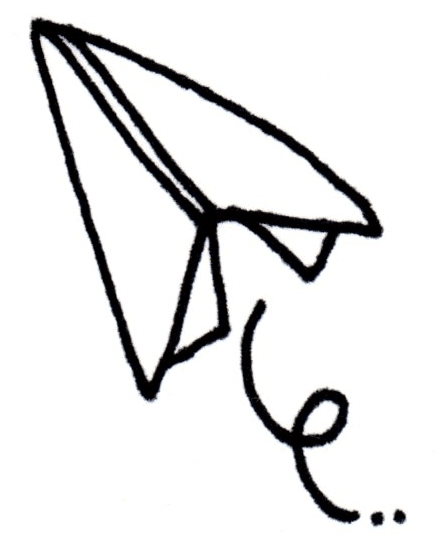Habit reversal: How to reduce eczema scratching with the Combined Approach



As long as there is habitual scratching of eczema patches, skin never gets the chance to heal fully. This means that eczema patches can persist for weeks and months. This chronic eczema can be recognised by thickened, leathery skin (known as lichenous skin) in easy-to-reach places. If you can stop habitual scratching, skin has a better chance of healing, especially if supported with good skin care. But how can you break your child’s scratching habit? We look one way you can proactively help your child to break the scratching habit.
What is habit reversal and the Combined Approach
Habit reversal is a behaviour modification approach originally used by psychologists to successfully eradicate nervous habits such as hair pulling and nail biting. It was first adapted to reduce eczema scratching in older children and adults. The ‘Combined Approach’ couples teaching habit reversal techniques alongside optimal topical skin care (emollients and steroids). The aim is to break the scratch-itch cycle at the same time as supporting the skin’s healing with steroids and emollients. The combined approach is available at the Chelsea and Westminster Hospital as well as other sites in the UK. It can also be successfully carried out at home with support from your doctor.
How the Combined Approach works for children
While the combined approach was originally designed for adults, it has also been used successfully for younger children and infants with eczema that does not clear up between flares1. It can be particularly effective for children whose scratching is habitual or subconsciously related to attention seeking.
Preparation
For children, this approach needs the involvement of the entire family. The first 4 days are especially labour intensive – make sure you are able to commit the time. And much sure that you and your helpers have fully understood the process. Dr Bridgett’s website and The Eczema Solution book are great resources.
Awareness building
Over a period of 2-3 days build up the following three lists.
- All the trigger factors that seem to make the child’s eczema worse.
- All the things that your child enjoys doing, especially those that will keep hands busy.
- All the situations and activities that are especially linked with your child’s scratching.
These will allow you to plan for stage 3. Older children (around 8+) can be given a manual tally counter to record every time they catch themselves scratching.
Habit reversal – intensive
For the first, intensive, four day phase you’ll need to involve enough adults to ensure that your child has someone watching them night and day. A long weekend can work well. As well as using steroid cream and emollients religiously, the adults will need to take it in turns to ensure that your child’s skin is left alone. You are aiming to keep positive at all times and never saying “Stop scratching!”. Use distraction tactics from your second list instead. If your child is old enough, teach them to pinch or press a nail into the itch until it goes away. With young children, you also need to stop them scratching in their sleep. This can be as simple as holding their hands while they scratch in their sleep. If they wake up, offer soothing encouragement and employ sufficient distraction or hand holding until they fall asleep again.
Habit reversal – ongoing
Usually after the initial four days, the skin should have started to heal and the itch will be subsiding. Hopefully, this will mean that your child will have already started to lose the scratching habit. Daytime vigilance is still needed to help your child replace habitual scratching with other activities. Remember to praise times when you see them stopping themself from scratching. However, the night watch is probably no longer necessary. You should find that within a few weeks you are no longer having to stop your child from scratching and their skin is starting to look normal again.
Taper the steroids
Use of emollients and steroid creams needs to continue until your child’s skin has healed so much that it looks normal. After this, the steroid creams should be continued for another week although possibly reduced to once a day or a lower dosage. This ensures the deeper layers of the skin have healed, reducing the chance of a relapse. Note that as you are treating chronic eczema, this extended period is longer than usually recommended.
Does habit reversal work for eczema kids?
There is good evidence that combining habit reversal with conventional topical treatments gives better results than just using conventional treatments alone when treating long term, chronic eczema in children2. Typically, over time the number of eczema flare-ups decrease following habit reversal training and the period between each flare-up becomes longer. While emollients will still be needed as eczema tends to be dry, there is usually much less need for steroid creams.
You can find a really inspirational success story of a 2 year old’s experience with the combined approach here. I love the fact that his older brothers (8 and 9) were so involved.
Our sources
- https://www.researchgate.net/publication/311935534_Habit_reversal_for_habitual_scratching_in_younger_children_with_atopic_eczema
- https://pubmed.ncbi.nlm.nih.gov/28940213/
As well as sharing our experience of bringing up an eczema child (and favourite allergy-friendly recipes), we also manufacture and sell our unique stay-on scratch mitts and PJs for itchy babies, toddlers and children. We now stock sizes from 0-adult years in a range of colours and designs. Visit our webshop for more information.
The Calm Skin Guide
Love our blog? It's also available in book format with:
- First hand accounts from parents & medical professionals
- Easy navigation
- Comprehensive index
- Additional material
Signed copies available at no extra cost
Written by:
Interesting article? Don't keep it to yourself...
Read next...
You may also find helpful...
Quick buy


Multi Buy Discount

Spend between £30 - £60 and save 5%
Spend between £60 - £120 and save 10%
Spend over £120 and save 15%
Discount automatically applied at checkout
No Quibbles Guarantee

ScratchSleeves abide by a no quibbles guarantee.
Free UK Postage

Free packing and postage on all UK orders. For overseas orders to Europe postage is from £3.50, to USA is £6.50 and to the rest of the world, from £3.75.







